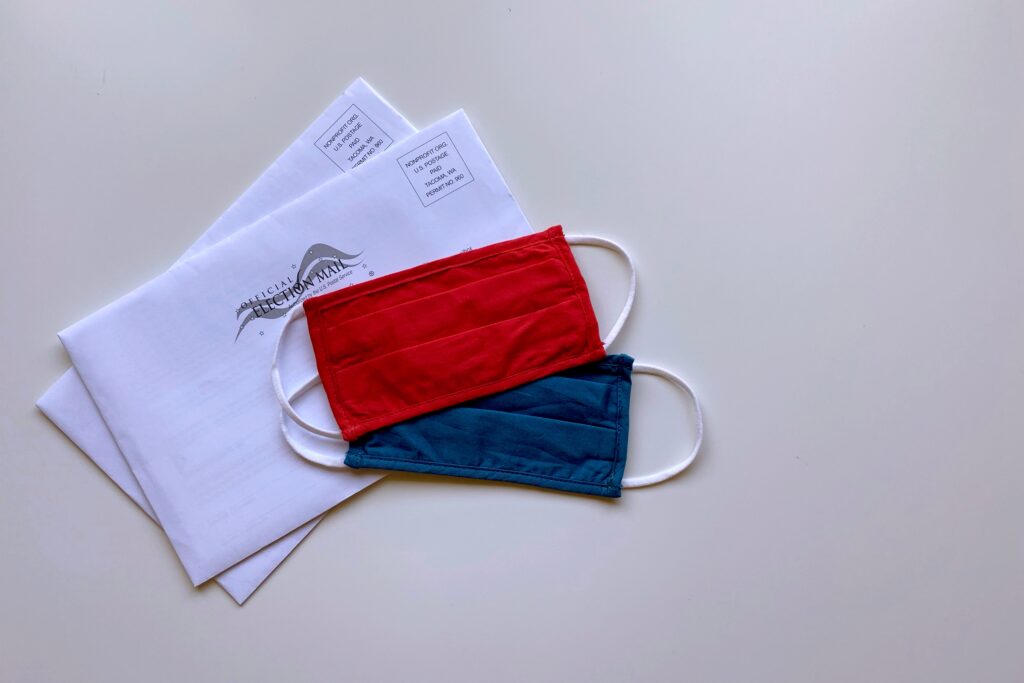An Illinois voter’s guide to 2020 elections
Publisher: Alex Hylka

We have now officially entered the countdown to the 2020 elections on November 3! With so much interest in early voting and vote-by-mail due to COVID-19, we want to help educate Illinois voters. The information in this article is designed to help you understand how to vote in Illinois and who will be on your ballot — this way you’re empowered to do your own research and be more informed when casting your ballot.
Please read on to answer any questions you may have around participating in this year’s state and federal elections.
Key Voter Facts About Elections in Illinois, 2020:
- Election date: Nov. 3
- Registration deadline(s): Oct. 6; Oct. 18 (online)
- Online registration: Yes
- Same-day registration: Yes
- Early voting starts: Sept. 24
- Absentee/mail voting deadline(s): Nov. 3 (postmarked); Nov. 17 (received)
- Voter ID required?: No ID
- Poll times: 6 am – 7 pm
Early Voting:
The General Election is on Tuesday, November 3, but in Illinois, early voting starts Thursday, September 24. This means voters can start casting a ballot in person before election day. The State Board of Elections offers a list of early voting locations in every part of Illinois, which you can view here.
Mail-In Voting:
If you want, you can also request a mail-in ballot right now. You should have recently received an application in the mail if you’ve voted in a recent election. If you don’t have that form, you can download an application here.
In addition, your local election authority might have an online request form.
If you decide that you want to vote by mail, we encourage you to get your ballot request in soon. Ballots won’t be mailed out until September 24 (the same day early voting starts). But once you get your ballot, you should return it as soon as possible so that your local election authority has plenty of time to process it. If you don’t want to put your ballot into the mail, in Illinois you can submit it via drop boxes at early voting locations.
Voter Registration:
Many local election websites will also allow you to request a mail-in ballot online and to confirm that you are registered to vote. If it turns out that you are not registered to vote at your current address, most of these will allow you to register (if you have a current Illinois driver’s license). If it’s too late for that, these sites will also have information on “grace period” registration, which will let you register to vote and cast a ballot at the same time on certain days in the offices of your local election authority and at the polling place on election day.
- If you live in the City of Chicago, the Chicago Board of Elections website is here.
- If you live in suburban Cook County, the Cook County Elections website is here.
- If you live in suburban Cook County, the Cook County Elections website is here.
- If you live in DuPage County, that website is here.
- If you live in Kane County, check out this website.
If you live somewhere else in Illinois, the State Board of Elections has a list of all local election authorities in the state, together with their websites (if they have one). Note that municipal election boards are listed after all of the county election authorities. You can find your local election authority here.
Candidate Information:
Whenever and however you decide to vote, your local election authority website (see examples above) should provide lists of all candidates who are running for office at your address and evaluations (not endorsements) of candidates for judicial office. Not all offer sample ballots, but many do.
For a comprehensive list of ALL active candidates running in Illinois, visit the bottom section of this website (see “Printable List of All Active Candidates”).
Judicial Candidates:
Candidates for judicial seats will also be on the ballot. Most judicial races are uncontested, but many have multiple candidates. If you live in Cook County (Chicago or Suburban) and you want help figuring out who these candidates are, we recommend visiting VoteForJudges.org, which compiles evaluations by bar groups including the Illinois State Bar Association, the Chicago Bar Association, the Chicago Council of Lawyers, and maybe a dozen other lawyers’ groups that evaluate candidates for the bench in Cook County. Those evaluations are (or will be) available in a simple grid through this website.
In addition, InjusticeWatch has also put together a handy guide to the November 2020 Cook County judicial elections (they also offer the guide in Spanish).
For judicial evaluations in the rest of the state, the State Bar Association is pretty thorough. You should be able to find candidate evaluations on their website.
Ballot Measures:
As of September 19, 2020, one statewide ballot measure to allow the state to enact a graduated income tax was certified for the November 3, 2020 election. This means you’ll be able to vote “yes” or “no” on a ballot measure to repeal the state’s constitutional requirement that the state personal income tax be a flat rate across income. You can learn more about this measure here.
Federal Races:
One other reminder: it’s a presidential year. Much of the ballot will feature federal races, including the US House of Representatives, US Senate, and the race for the White House. There are no statewide executive branch offices but there are legislative and judicial candidates. Some officials that are chosen at the county level, like Clerk of the Circuit Court and State’s Attorney, are also on the ballot. And at the very end of your ballot, you’ll find the judicial retention candidates. Those same sites that have information on judges running for election will also have information on judges seeking retention.
Other Voter Engagement Resources:
Are you a nonprofit that wants to help get out the vote to your staff, clients, volunteers, and the public? Check out these voter engagement resources for organizations.
News, blogs & more
Follow the latest political news around the state with these news sources:
Good luck with your research, and happy voting!
Uncategorized






